Without struggling with the ever-busier roadways caused by traffic, people seek methods to swiftly and securely go to their places of work or school. To make it more affordable, electric skateboards are a raging purchase amongst teenagers and adults alike. The essence of an electrical skateboard is a skateboard powered by a motor.
But while buying the latest models of these skateboards, many individuals contemplate the fact whether these are considered motor vehicles and come under certain regulations. Although electrical skateboard are a motorized version of traditional skateboards, their c classification as motor vehicle is not universally consistent.
Under the jurisdiction and specific laws of certain regions and countries, electric skateboards are not considered motor vehicles. This is because the skateboards are made under specific conditions and stipulations. Speed limits and low power ratings are some factors considered when different parts are added to such a skateboard.
Veymax is a leading manufacturer in this regard. The firm considered these regulations and created electric skateboards that fall under these rules set by the authorities. The provider has a diverse number of electric skateboards available with a variety of motor powers and other characteristics which are great options for all terrains.
Typically, many regions use a speed threshold of a minimum of 25mph to be considered a motorized vehicle. Now, several skateboards are designed to stay within this speed limit through the electric motor. While others exceed this speed limit and can come under that category.
For further information regarding different regulations that surround an electrical skateboard as a motor vehicle, refer to our article below. Furthermore, we have discussed its safety standards, and its classification in different countries.

Defining a Motor Vehicle in Context
To understand the entire relationship surrounding electric skateboards with motor vehicles, we have to look at the specifications in detail. Motor vehicles have certain distinct features set according to the rules of that certain region. This makes them hold a standard set for other conveyance vehicles used by the young population and adults alike.
Typical Characteristics of a Motor Vehicle
Let’s look at some of the standard specifications that define a motor vehicle.
Mechanical Power Source
Motor vehicles require a necessary force for movement, which is provided by a power energy source. A combustion engine and an electric motor are the ones used to go through with this. These are designated to be used on roads or specific pathways.
Transmission System
The next standard feature for a motor vehicle is a working transmission system, delivering power from the motor to the wheels. This can be done automatically or through a manual transmission system. This comes in-built with the type of motor vehicle the person prefers. The system allows the driver to easily control the speed, direction, and torque of the vehicle.
Braking System
Disc brakes are the most common type of brakes used in a motor vehicle. Through this, the user can control the speed of the vehicle and allow it to stop at any given time.
Legal Classification
Depending on their type, design, and purpose, different vehicles are legally classified under cars, trucks, motorcycles, etc. The authorities determine different rules for each type and maintain regulations regarding these.
Evaluate Motor Vehicle Specifications in Comparison to Electric Skateboards
After determining the main characteristics of a motor vehicle, we need to have a comparison of these against electric skateboards in general. We have discussed them below.
Purpose and Functioning
If we look at function, then motor vehicles are designed for commuting through long or short Adistances daily. They are capable of moving on different terrains without hassle and can be used for personal or commercial transportation. Whereas, electrical skateboards such as the Roadster X4 from Veymax are used for personal short-distance commutes. It does not hold different loads while traveling.
Technical Features
The speed threshold set for motor vehicles is 60mph, while that for electric skateboards is 25mph. In other technicalities. The range of electric skateboards is limited to 15–18 miles per hour, while motor vehicles exceed this.
Regulatory Requirements
If we look at the rules set by authorities, then motor vehicles have to adhere to mandatory registration and insurance requirements. Traffic regulations are a necessity when it comes to motor vehicles. A driving license is required to operate these vehicles.
On the other hand, electrical skateboards usually do not fall under any regulations in certain regions. Unless they exceed a certain speed threshold, these do not require licensing or other such requirements.
Accessibility
Due to affordability, maintenance costs, and license requirements, motor vehicles are not easily accessible to people. While for urban mobility, motorized skateboards have low costs and are highly accessible and more affordable options for individuals.

Global Perspectives on Electric Skateboards
If we look at a worldwide outlook on how different countries categorize electric skateboards in terms of motorized vehicles. We want to discuss classification in some nations in detail here.
Europe
New legislation is being proposed in 2024 within the EU framework. It is called "powered personal mobility devices" and electric skateboards come under this category. According to this, it is subjected that different rules for using skateboards and speed limits will be mentioned in it. However, different countries in Europe classify it as follows.
- Auto insurance and helmet laws apply in Germany since these vehicles are considered "Kleinfahrzeuge" (small vehicles). On public roads, the speed limit is 20 km/h for these skateboards.
- No specific classification is being given to electric skateboards within the UK, but they are required to stay under a speed limit of 30mph.
- If we look at France, electrical skateboards are classified as "engins de déplacement personnel motorisés" (motorized personal mobility devices). They are required to stay below the speed threshold of 25mph.
USA
Looking at the North American countries, different states classify electric skateboards differently. In New York, you cannot use e-skateboards on roads and pathways. Whereas, a speed limit of 25mph is set for them in California.
Canada
No classification or regulations are generally imposed for electric skateboards within Canada.
China
License and following regulations are required within China, as these come under the classification of ‘small vehicles’. These are banned from being used on roads or sidewalks in major China cities.
Japan
Electric skateboards are strictly not allowed in Japan on roads or in general commute areas. A speed limit under 30mph is required for these.
Regulatory Implications for Users
Age and competency requirements as well as licenses are required for users in the regions where electric skateboards are classified under motor vehicles. A minimum age limit of 12–16 years and older is required to use such skateboards easily. Users also have to follow specific lanes or zones designated for electric skateboard users, otherwise, fines can be imposed on them.
Additional protective gear and helmet usage are considered mandatory in certain regions where people utilize electric skateboards as a mode of commute. Financial barriers are applied in certain regions where esk8 is categorized under motor vehicles due to insurance policies and requirements. These limitations in certain nations might hinder the freedom and enjoyment of users to ride electric skateboards
Safety Standards and Public Policy

The safety and security of the user are considered prime concerns when it comes to the usage of electrical skateboards. Let’s look at the safety limitations imposed on them.
- Due to a certain speed limit set, the risk of collision and accidents is minimized.
- The motor power of the electric skateboard is lowered to be of a certain limit, which helps users not exceed certain acceleration for more control. This avoids any accidents.
- Different quality and standards set for skateboards ensure the electrical skateboard is built to hold a certain load. This can be seen in Veymax Cejour which is built to support a maximum load of 150kgs/330lbs.
- Helmets are required in the majority of areas, while knee and elbow pads may be suggested or even required in some places to further reduce the likelihood of crashes.
- Dedicated lanes or zones are assigned in different areas for such skateboards to keep the users from getting wound up in heavy traffic.
- Stop signs, one-way street signs, and other traffic rules are established to be followed by skateboard users for maximum protection.
The Future of Electric Skateboards in Urban Mobility
The streamlined shapes and smooth cruising of electric skateboards (e-skateboards) are capturing riders' attention. They are gradually redefining urban transportation. The potential for e-skateboards to revolutionize urban transportation is tremendous. Their environmental advantages and agility can make a major impact on commute.
However, new trends in the sector and possible legislation are influencing how they operate in urban areas as their popularity grows. We want to highlight some of the emerging trends below.
- A wide variety of e-skateboard models are developing, meeting the demands of a diverse variety of riders with varying styles, preferences, and budgets.
- Personalized e-skateboards, AI-powered ride modifications, and biometric data integration for performance enhancement are being introduced.
- Apps for remote control and GPS tracking are among the upcoming smart features. Safety and user experience are being improved even further by the widespread use of collision avoidance technologies integrated into electric skateboards.
- GPS geofencing to limit e-skateboard use in pedestrian zones and historical sites for safety and protection is being implemented.
- With biodegradable components and creative recycling processes, e-skateboard manufacturers are trying to reduce their ecological footprint.
- To guarantee competence and adherence to rules, certain areas may institute licensing procedures for e-skateboarders, similar to bicycles.
- The rules governing e-skateboard liability and insurance coverage are expected to change. This is once the number of riders exceeds a specific limit.
- For the sake of convenience, designated parking spots may soon become usual.
To prevent the emergence of new mobility disparities, it is in consideration that eskateboard be affordable and accessible to all populations. On the other hand, modifications to the infrastructure and careful design are needed to accommodate e-skateboards within the current pedestrians and traffic networks.

Conclusion
Electric skateboards have been quickly adopted by the majority of users in the modern era due to their ease of transport and affordability. However, considering it as a motor vehicle has generally no consensus among the public. As motor vehicles come under strict authority regulations, electrical skateboards have to be licensed for usage. Most nations have avoided regulating electric skateboard usage, except for creating a speed limit for them. We hope this article helped you understand electric skateboards and their classification in different nations under motor vehicles effectively.
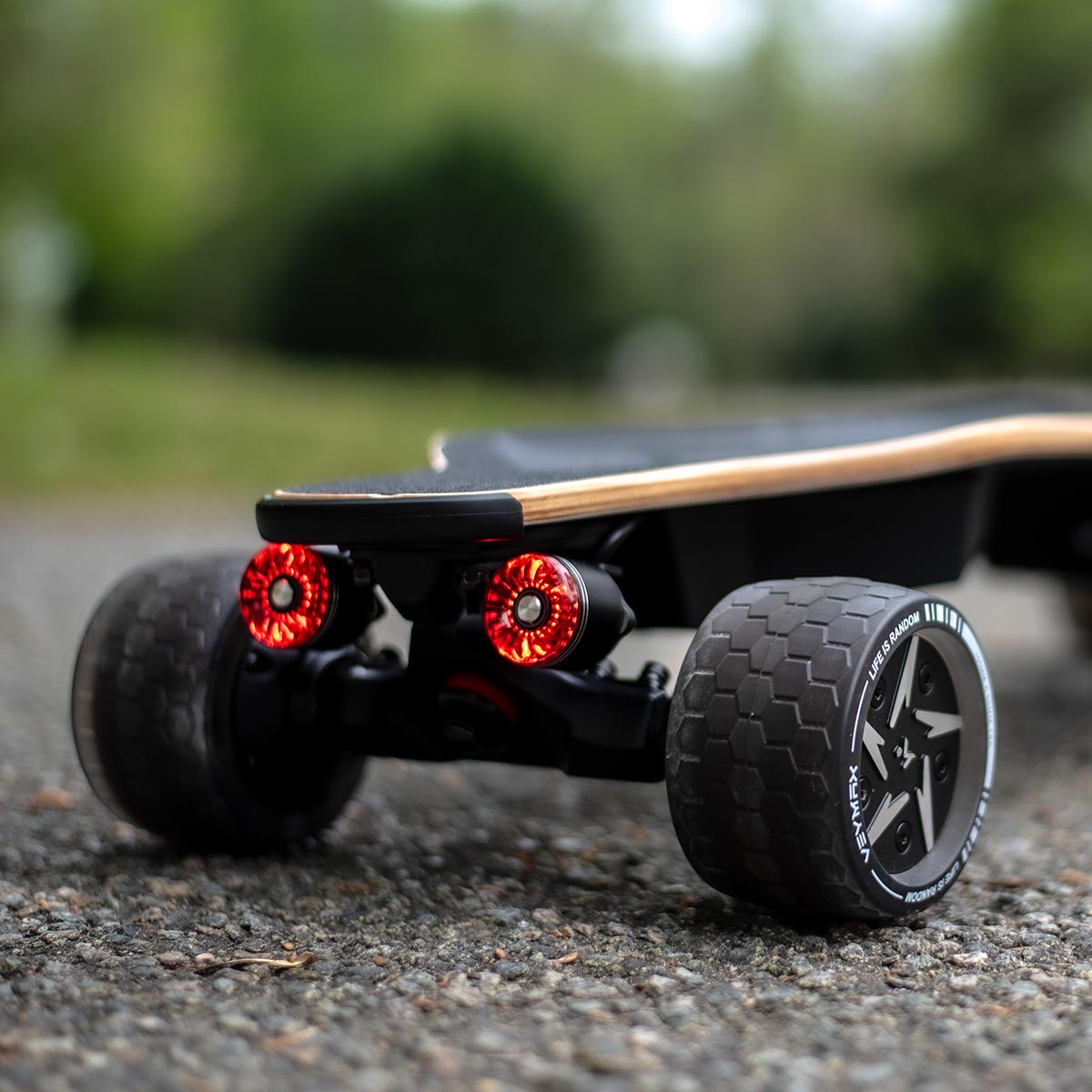
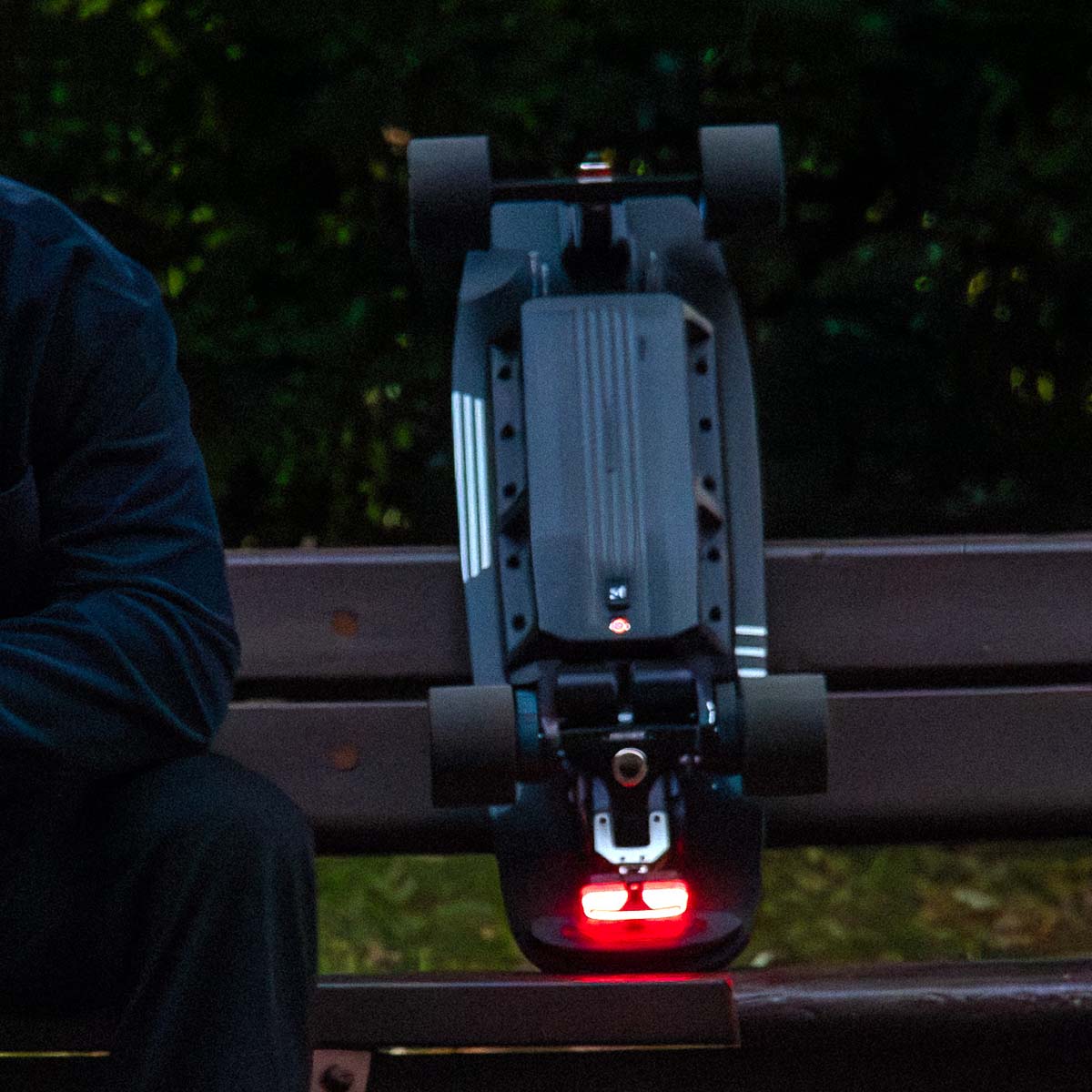
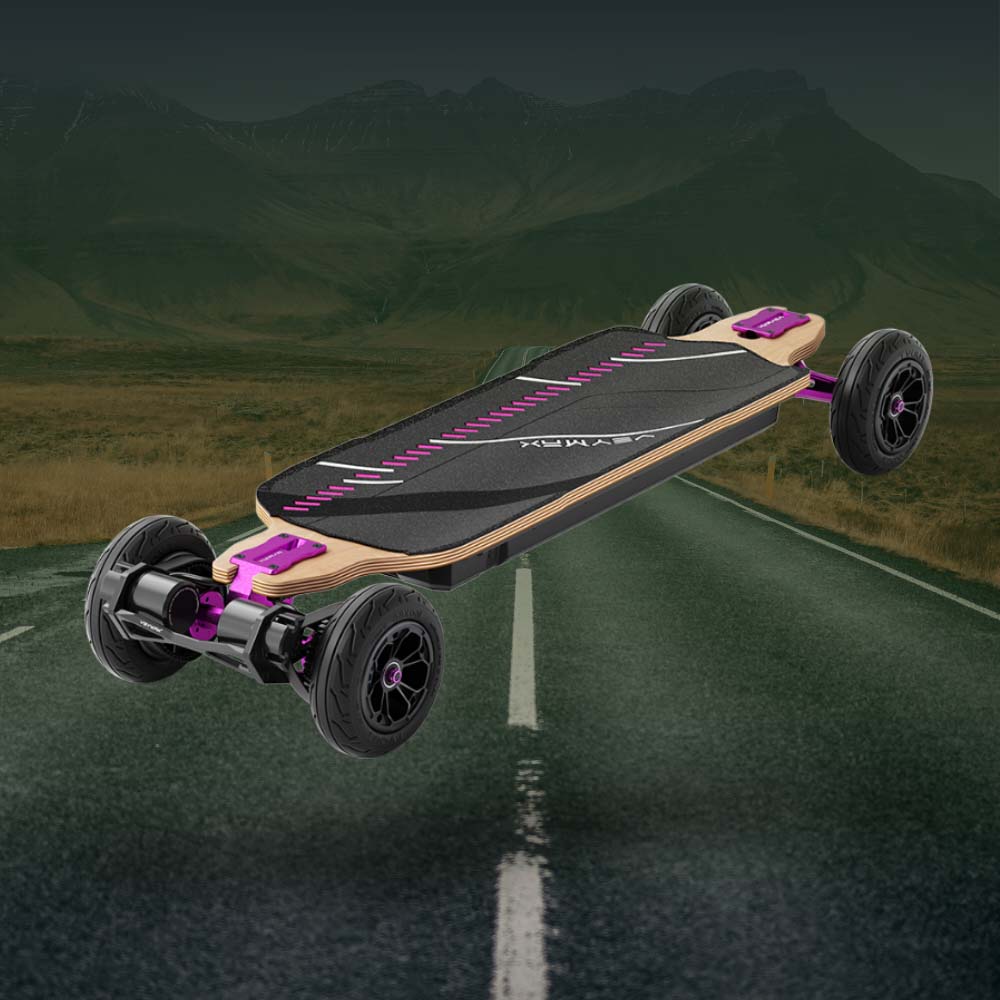

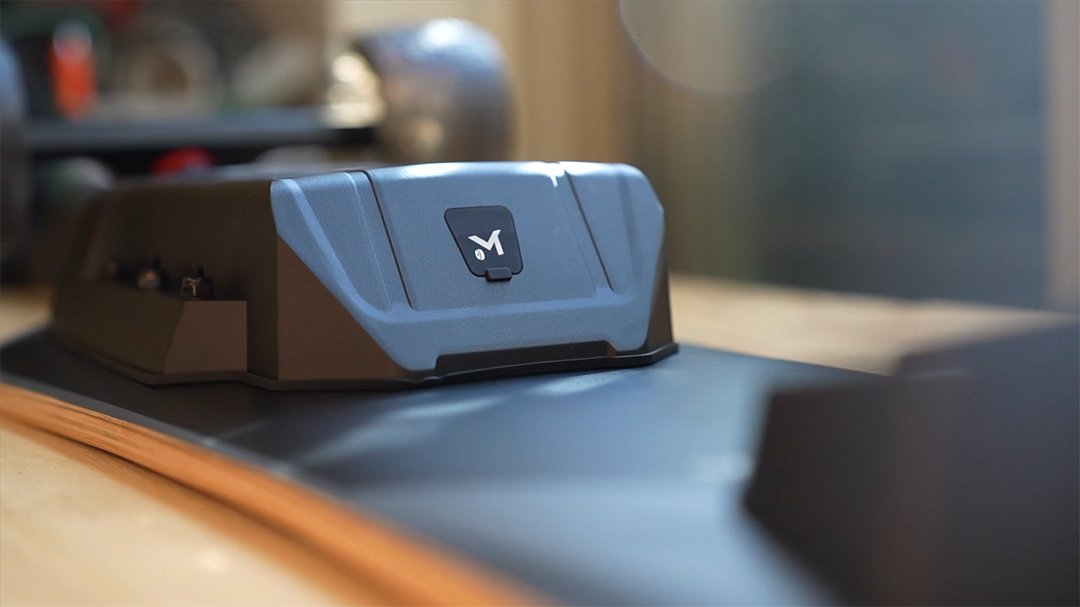
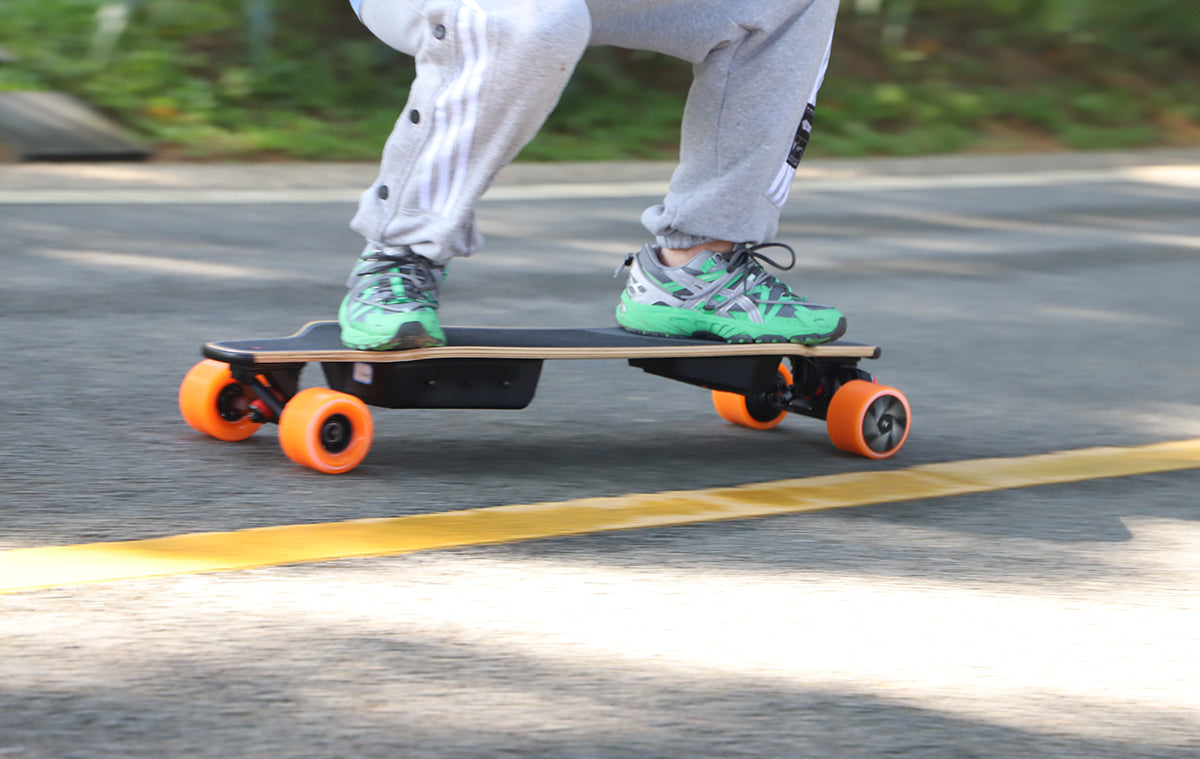
Leave a comment
This site is protected by hCaptcha and the hCaptcha Privacy Policy and Terms of Service apply.